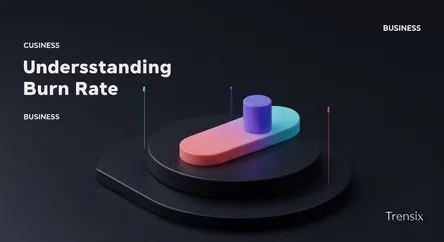Business
Understanding Startup Burn Rate

Discover what burn rate means for startups. Learn how this key metric measures negative cash flow and impacts a company's financial survival.
What is it?
Burn rate is the speed at which a company, particularly a startup, spends its capital reserves before becoming profitable. It's a measure of negative cash flow, typically calculated monthly. There are two main types: gross burn, which is the company's total monthly operating costs, and net burn, which is the actual cash the company is losing each month (total revenue minus gross burn). For early-stage companies with little to no revenue, the net burn rate is crucial as it determines their 'cash runway'—the amount of time they can continue operating before their funds run out.
Why is it trending?
In a volatile economic climate, investors are placing greater emphasis on capital efficiency and sustainable growth over rapid, costly expansion. Burn rate has become a primary metric for evaluating a startup's financial discipline and viability. A high burn rate isn't necessarily bad if it fuels significant growth, but uncontrolled spending is a major red flag. Investors are now more cautious, closely monitoring burn rates to gauge how effectively a company uses its funding and to predict when it will need its next financing round.
How does it affect people?
Burn rate directly impacts everyone involved in a startup. For founders, it creates constant pressure to manage expenses, achieve milestones, and secure new funding before the runway ends. For employees, a high burn rate can lead to job instability and austerity measures like hiring freezes or layoffs if growth targets aren't met. For investors, it's a key indicator of risk and management competency. A well-managed burn rate can build investor confidence, while an excessive one can make it difficult to attract further capital, potentially jeopardizing the entire venture.